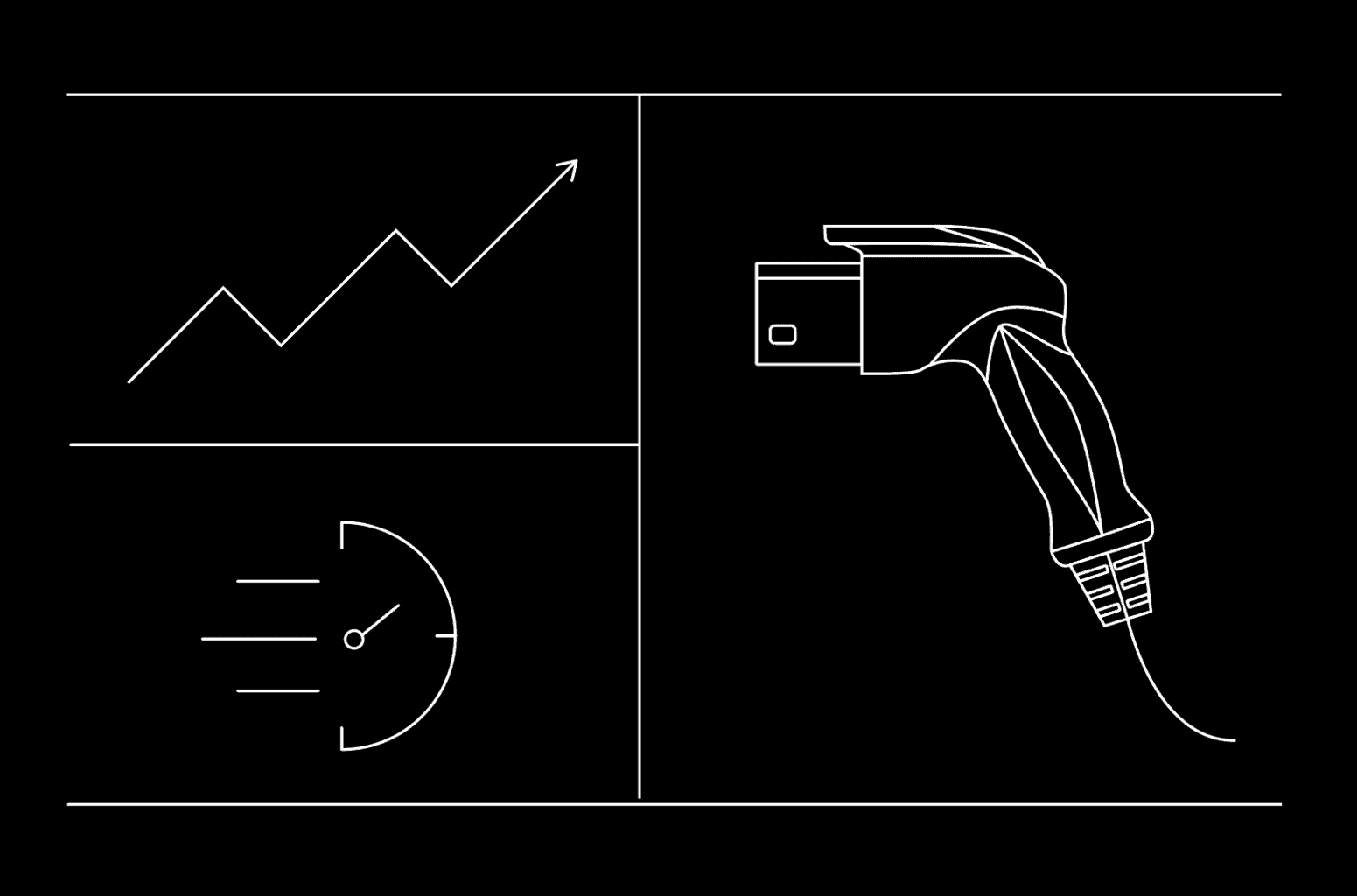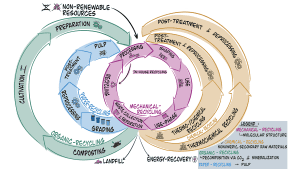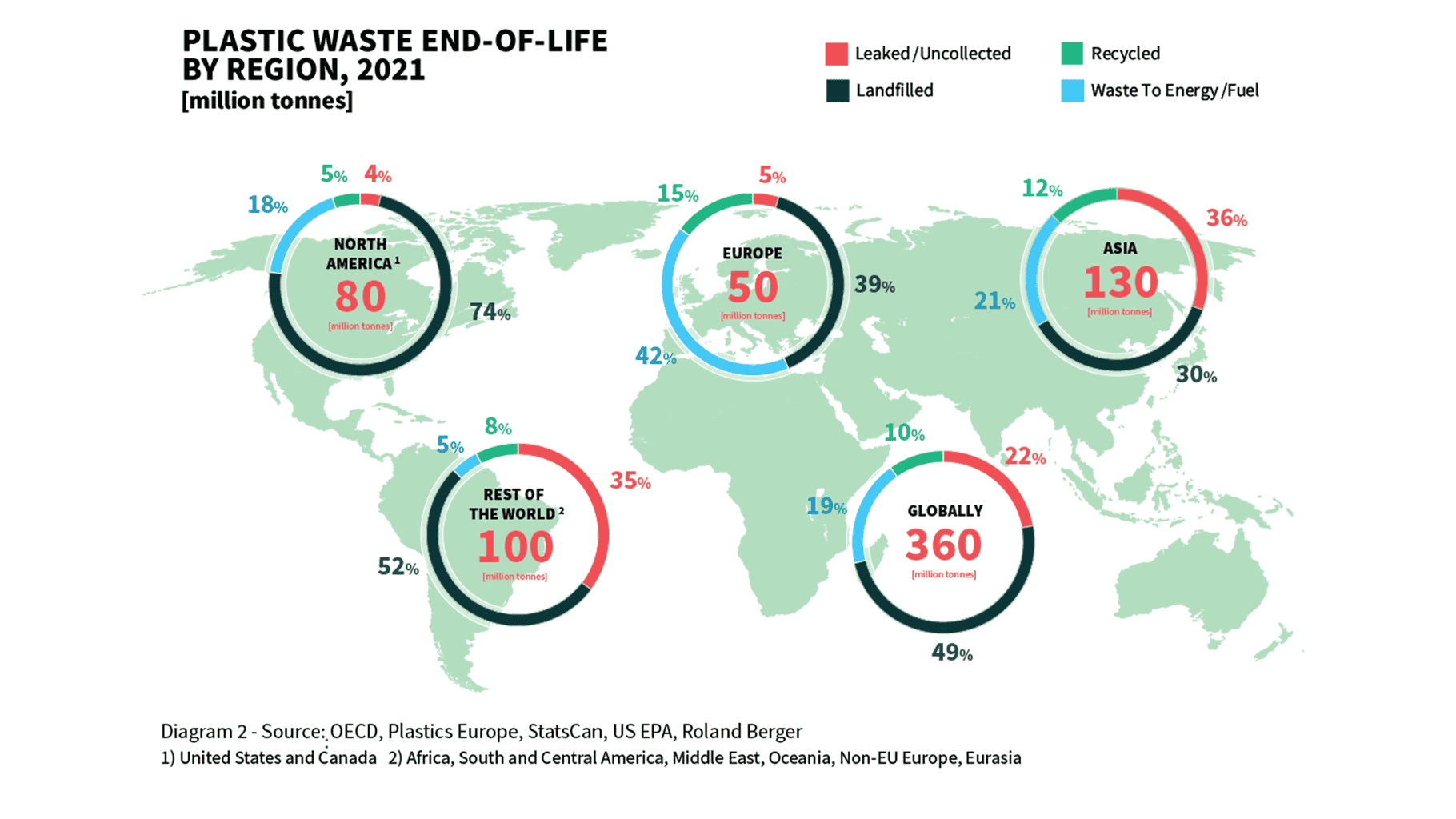Smart data transformation services leverage technologies like robotic process automation (RPA), artificial intelligence (AI), and machine learning (ML) to convert unstructured data into structured formats, enhancing productivity and decision-making capabilities.
The world generates an absurdly large amount of data—more than it can handle. According to a statista report from September 8, 2022, 64. 2 zettabytes of data had been created, captured, copied, and consumed worldwide by the year 2020. Additionally, it is anticipated that by 2025, data creation will increase by more than 180 zettabytes.
To survive, let alone succeed in the cutthroat market, businesses must gather enormous amounts of data produced to extract important insights through data analysis. Most business decisions, functions, and processes depend on it for their survival. But for some organizations, the process of gathering data can be very difficult.
For instance, a company today typically generates customer data across different platforms. Whether it be ERP software for streamlining production, email tracking software, marketing software ( Google Ads, Meta ad, LinkedIn ads, Bing ads ), etc. Organizations have vast amounts of customer data scattered across numerous platforms, whether it be CRM software for sales tracking or another third-party apps for operationalizing business workflows. Additionally, it takes time to keep track of all the variations and extract important data from them.
Growth-focused business players recognize that data collection serves a purpose and that automated data capture solutions can speed up their process of gathering insights.

Utilizing The Advantage of Smart Data Transformation
Tasks like web-based data collection, capture, data entry, etc. are time- and resource-intensive. For some businesses, managing these tasks and core business competencies becomes difficult. These are therefore the best candidates for automation. Businesses can then focus their efforts and investments on opportunities with the greatest chance of success by doing this.
Smart data transformation services combine human intelligence with cutting-edge technologies like robotic process automation ( RPA ), artificial intelligence ( AI), and machine learning ( ML). Companies can easily convert organic and unstructured data into schema-compliant, tagged XML for data products, analysis, and AI/ML applications as a result. You can transform public or custom data into adjusted and structured data to increase productivity and improve decision-making.
The automation sector generated about 214 billion U.S. dollars globally in 2021, according to a Statista report titled Global Automation Market written February 24, 2022. The process automation segment was anticipated to grow by 83 billion US dollars at the same time. Imagine what probable process automation holds today and the wonders it can do for businesses if this was the value in the previous year!
Benefits of Automated Data Collection in Real Life
In order to move away from human workflows and into more sustainable digital processes, automatic data collection has been crucial. Among the many various advantages, this has even assisted businesses in streamlining their document management. They can alter their business procedures in the following ways:
Quicker turnaround times
Processing paper forms like health claims and auto insurance documents can take a long time because one must wait for the documents to be processed, scanned, proofread, and mailed to the correct parties before moving on to other steps. Businesses can reduce the number of days to minutes needed to process paper claims with the aid of automated data capture software.
Otherwise, strategic use can be made of the time saved on tedious, slow processes. Employees ‘ cognitive capacity can be increased, more work completed, and attention diverted to data quality assurance and other important tasks.
Encourages Digitalization
With automated data collection processes, businesses can quickly replace antiquated human procedures. Paper forms and documents appear to be disappearing due to ongoing scientific advancement, though not entirely. In addition, human document processing is a thing of the past.
The amount of time needed to process data individually is decreased by automation. Additionally, it lessens the amount of storage space required to store paper documents and hard copies. All of these files can be digitized, stored properly for years, and simply accessible/retrievable thanks to automated data capture.
Reduction of Errors
Manual data entry carries a significantly higher risk of unavoidable human error. Even with knowledge and careful training, errors can also occur. However, with automated data processing, these errors can be reduced with the aid of the most recent technologies, such as OCRs, ICR, OMR, and IDP.
Documents can be rapidly read through by current data collection software. In order to ensure that all data is accurate—things like names and dates of birth, for instance, match up on vulnerable documents—they can also compare them to different files and templates. Yet handwritten forms can be read by OCR technology and converted to the proper digital formats.
Boosted Performance
Automated data collection systems also have the substantial benefit of reducing the number of steps required to complete difficult tasks, which boosts their effectiveness. Organizations can simply devote more time to another workflows when the need for additional steps during regular processes is eliminated, increasing productivity.
Cost-effectiveness
Your company can reduce costs associated with system updates, equipment maintenance, additional labor, continued training, document storage, etc. by integrating automation into several workflows. As a result, stakeholders can transfer money to other departments to improve inside operations, modernize computers, and other areas.
Moving ahead
Today’s businesses are built on automation, which is no longer additional but a necessity. Stakeholders can use the strength of the large data at their fingertips to scale the business through clever data transformation. Additionally, removing tedious paperwork from the team’s schedule will increase their productivity and allow them to contribute more efficiently.
In a nutshell, you can find buried connections and learn more from vast amounts of data if you use data and automation to your advantage. To deliver quantifiable business value, the proper strategy and technology must be implemented while balancing cost, quality, and speed.












